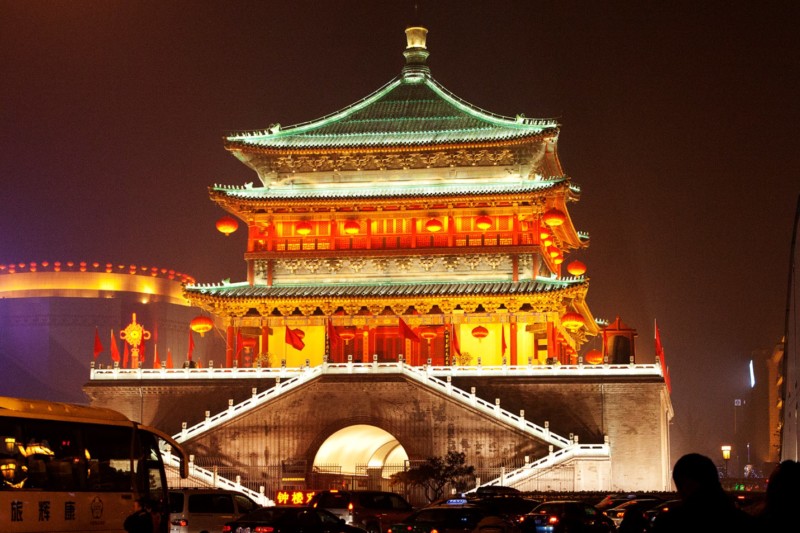May 22nd, 2016 |
Published in
CCFSO by admin
A few weeks ago, I was invited for a walk at the Dominion Arboretum and I was impressed by the large variety of trees along the Rideau Canal. I especially enjoyed the Magnolias trees with their lovely blossoms! Seeing so many kinds of trees reminded me of Arbor Day in China, a day related to trees.
While most festivals on which I have written in my previous posts are related to either rural culture or the lunar calendar, Arbor Day is not. Arbor Day falls on March 12th and marks the death of Dr. Sun Yat-sen, a pioneer of democratic revolution in Chinese history. Apart from his political achievements, Dr. Sun was a proponent of the development of the forestry industry in China. As such, on February 1979, the Chinese State Council decided to commemorate his death with this special day.
The tradition of planting weeping willows goes back to Ancient China. However, awareness of the importance of trees and ecological contribution in China is mainly due to the founding of Arbor Day. Many elementary schools in China host tree-planting events on that day. Students work in pairs to plant trees and learn the importance of protecting forests. More significantly, in 1982, tree planting became a legal obligation for every Chinese citizen. Chinese leader Deng Xiaoping became the first Chinese citizen to perform this obligation.
Finally, while tree planting is the most famous activity taking place on Arbor Day, it is also a great time to enjoy nature and feel its healing powers.
May 22nd, 2016 |
Published in
CCFSO by admin
What image comes to your mind when you think of “the first signs of spring”? Daffodils? Tulips? Singing birds?
In Chinese culture, the beginning of spring is represented by the Dragon Head Festival. As the old saying goes, “the dragon rises its head on February 2nd of the lunar calendar”. Chinese people believe that the Dragon Head Festival marks the division between the cold winter and the warm spring. It was said that when the dragon rises its head with spring thunder, more rainfall is to be expected. And that is a good omen for a productive spring!
The dragon symbolizing a positive start to the spring season, spring food and customs often relate to this mythical creature. In some regions, food such as dumplings (dragon’s ears), wontons and rice (dragon’s seed) are named after body parts of the dragon. In other regions, eating noodles on that day is taboo because they resemble a dragon’s whiskers. Some people treat themselves with sweet roasted beans or popcorn, following the legend of Popcorn and Spring Dragon Day. In other regions, people will spray water on their front door, so as to invite dragons to their house and receive the blessing of a prosperous spring.
Sadly, traditions associated to the Dragon Head Festival have been gradually forgotten, since farming practices are decreasingly important to people’s lives. Still, Chinese people of an older generation keep up with celebrating the Festival as a new beginning. My own grandmother, for instance, thinks that the Dragon Head Festival is a great occasion to get a haircut: a fresh start from the”top”!
May 18th, 2016 |
Published in
CCFSO by admin
Xi’an is the one the most ancient cities in Chinese history, located in the central region of China. Xi’an is the oldest of the Four Great Ancient Capitals of China, having held the position under several of the most important dynasties in Chinese history, including Zhou, Qin, Han, Sui, and Tang. If you are interested in Chinese history and civilization, Xi’an is the top recommended place to visit, as it is where you can unveil the mysteries of Ancient China better than in any other city. I will list the top destinations to visit in Xi’an so you can have a unique overview of each of China’s dynasties.
Xi’an, the Bell Tower

